One of the few survivors of Gough Whitlam’s Camelot, that legendary cultural icon and eminent Australian diplomat, Sir Les Patterson, died on 22 April, aged 81. Spookily, the same day as his manager, Barry Humphries.
Leslie Colin Patterson was born – unsurprisingly – on 1 April 1942, at Taren Point in Sydney’s South. According to Les, he was delivered in the maternity ward of the Little Sisters of Perpetual Chastity. When the nurse presented him to ‘my wonderful mother… she was lying in bed in the ante-natal ward, quietly smoking and perusing the Woman’s Weekly. ‘It’s a boy, Mrs Patterson. And, one day, he’s going to be very big.’ As Les added – somewhat unnecessarily, ‘Boy, did she hit the nail on the head!’
Les claimed early convict descent from Ebenezer Patterson; the crime unclear. Although the politician in him professed he was a family man, he was vague about his kin. He had a sister Lois, sometimes known as Noreen and a brother, Gerard, later Father Gerard, ‘who touched everyone’ – which may explain how he ended up as Advisor on Religious Affairs to the Lord Howe Island Chamber of Commerce.
Thanks to an Uncle Leo, Les and Gerard were sent to the Jesuits at Xavier College in Melbourne, but presumably Les was more than seven and too old for their promise, ‘Give us a child….’ He lasted only one-and-a-half terms and returned to Sydney where Our Lady of Dolours’ Boys School took him in. He managed an Intermediate Certificate at Parramatta High School.
The rest of his education was sketchy and on the strength of his pronouncements, woefully inadequate. Some tertiary study at Kogarah TAFE, and a ‘five-day crash course in World Culture’ at the University of Sydney.
His first job seemed to be in the Office of Custom and Excise (Literature Division) but by the 1960s, Les had become an elected Member of the House of Representatives; and in no time he was Minister for Shark Conservation and then Gough Whitlam’s Minister for Drought.
1974 proved a seminal year. In January he made his first appearance onstage – at St George’s Leagues Club. The doorman had at first refused him entry thinking him a drunken vagrant. Many in the audience assumed he was a club official.
Later in the year he had become Cultural Attaché to the Far East and appeared in cabaret at the fabled Mandarin Hotel in Hong Kong. (He would honour the colony with a documentary on its handover in 1997, Sir Les and the Great Chinese Takeaway) At the Mandarin, he was so transformed that fellow guests, Barry’s mother and his brother, Michael, did not recognise him. Louisa Humphries never warmed to Les. ‘Do you have to say that?’
But no one was more offended by him than Dame Edna. Thrown together by their manager-in-common, Les would introduce Edna on stage with , ‘Give her the clap, Laze n’ Genelmn, give her the clap she so richly deserves.’
From 1976 Les became a recurring, uninvited presence at Edna’s galas. A London performance in 1996 was tastelessly recorded as Live and Rampant: Les Patterson has a Stand-Up. He also appeared in Les Patterson Unzipped in New York in 2005.
In the meantime, his political career rocketed. His time as Minister for Inland Drainage & Rodent Control in the 1970s showed a remarkable appreciation for disease. His role as the Post Cyclone Tracey Commissioner is remembered still – mainly because none of the money got to the people of Darwin. Les thought it important to study how the Pacific Islands – well, their splendid five-star resorts – coped with a force of nature.
Les was himself a force of nature. Red-faced, yellow-toothed, loud-wide-tied, stained, crimplene-suited, platform-heeled and astonishingly endowed – Les put the hose into hosiery. His appalling, stuck-in-the-Seventies look and image never evolved, which somehow made him less toxic.
He went on to greater things. Although his chairmanship of the Australian Cheese Board may have indicated he was on the nose, he founded the Sir Les Patterson School of Etiquette, became protocol advisor to the Australian Federal Government – but then the highlight of his career – Cultural Attaché to the Court of St James’s.
He was knighted in 1976, but he seemed confused about whether it was a KBE or, his preference, the Order of the Bath. Other honours were conferred: Officer of the Order of Australia and an Honorary Doctorate of Letters from the Cambridge Union in 1983 – a signal honour.
He seemed equally proud of another enlarged gland – he could expectorate for an entire act into the sixth row of any theatre. The new King, a professed fan, was always grateful of the safety of the royal box.
His anecdotes and ad-libs rarely failed to shock. Most of his offensive one-liners – his obsession with flashes of the map of Tasmania – were followed with ‘Are you with me?’
In fact, this phrase became the title of Bill Leak’s portrait, which won the Packing Room Prize at the 2000 Archibald. The Packers loved Les – he won again in 2014 with Tim Storrier’s ‘The Member’.
Sir Les’s energy and talents seemed infinite. He was credited as the author of A Traveller’s Tool (1985), which was unfortunately followed by The Traveller’s Tool: ENLARGED in 2011. The cinema was the only medium to defeat him. Les Patterson Saves the World (1987) was a failure – perhaps in featuring himself at full-length he had over-extended?
Where Les shone (glowed?) was as a television interviewee. You Tube is awash with – no swamped by – examples of Les at his sharpest and most offensive, reducing not just Parkinson, Willesee and Wilkins but their crews to hysterics.
Gwen, his long-suffering wife (Gwenneth Lorraine nee Dolan), a former hand model, whom he met at a matinee screening of Fantasia, bore Les two children, Karen and Craig. She enjoyed his frequent absences and was grateful for one of his pre-occupations – sauna construction in Thailand.
Sir Les should not be mourned – unlike the magnificent Dame, the dull, blinkered but decent Sandy or their incomparable manager. While Les was distinctly (sometimes indistinctly) Australian, he wasn’t typical in any real sense; he wasn’t a larrikin; he wasn’t an ocker; he was a gross, grossly exaggerated cocktail of many national (and some universal) traits and flaws.
Ultimately, Les was a peerless comic who made so many of us laugh.
Got something to add? Join the discussion and comment below.
Get 10 issues for just $10
Subscribe to The Spectator Australia today for the next 10 magazine issues, plus full online access, for just $10.
You might disagree with half of it, but you’ll enjoy reading all of it. Try your first month for free, then just $2 a week for the remainder of your first year.

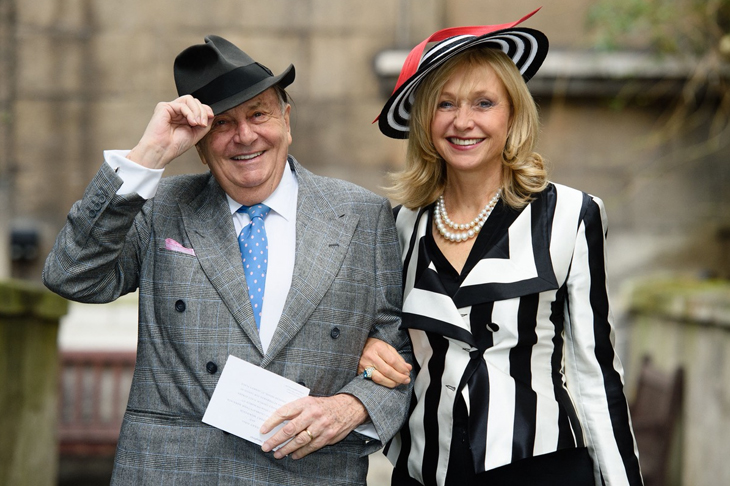
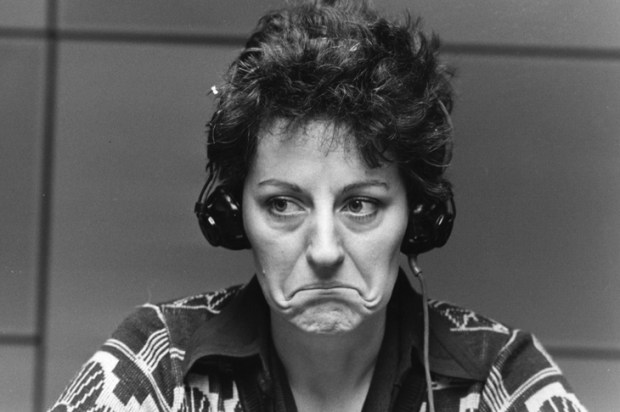

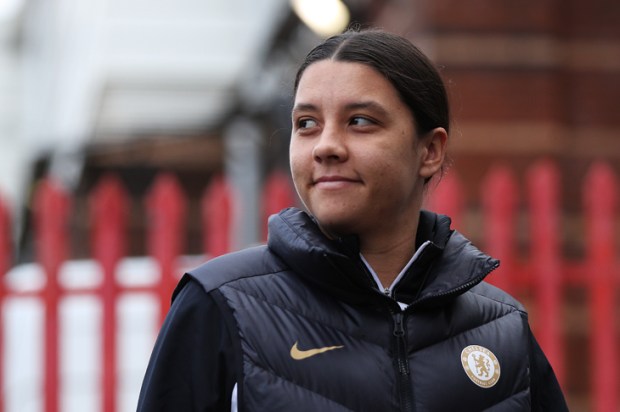
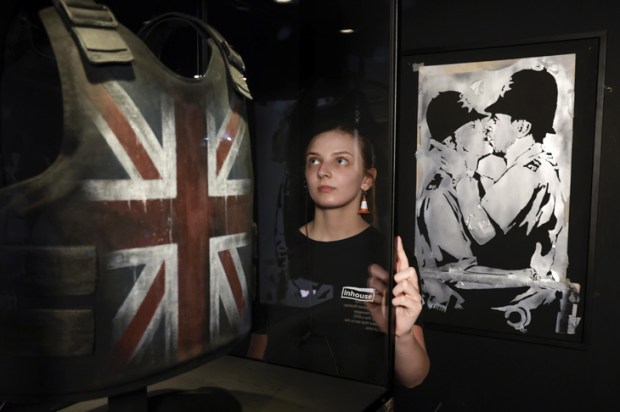
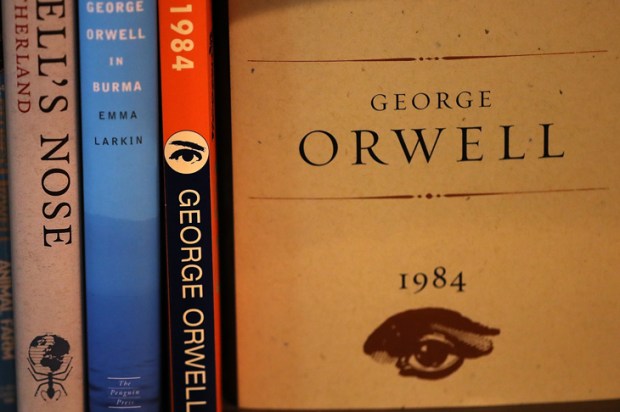
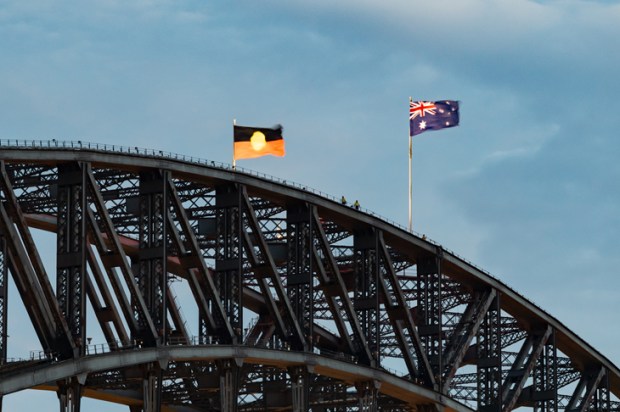






Comments
Don't miss out
Join the conversation with other Spectator Australia readers. Subscribe to leave a comment.
SUBSCRIBEAlready a subscriber? Log in